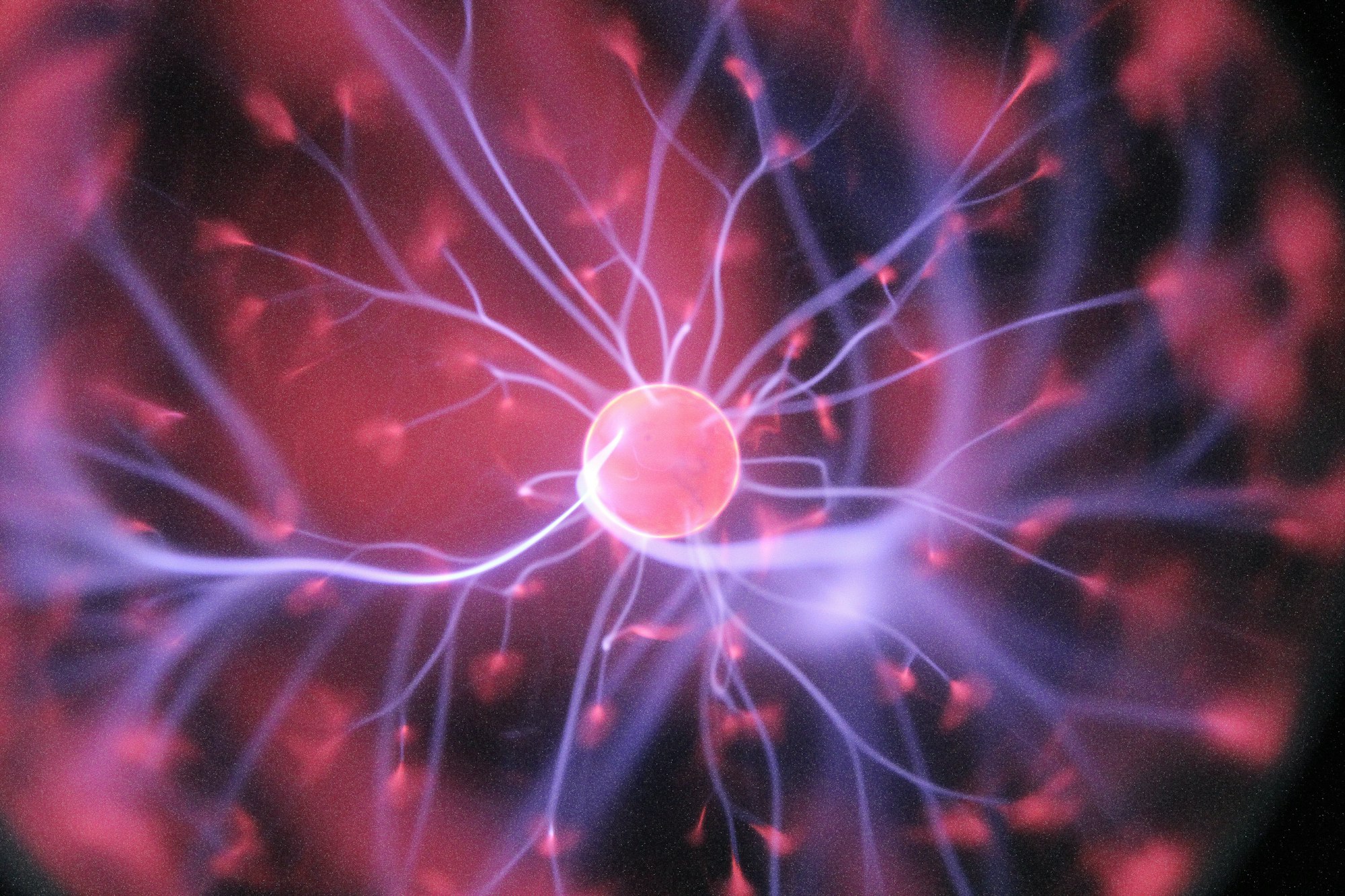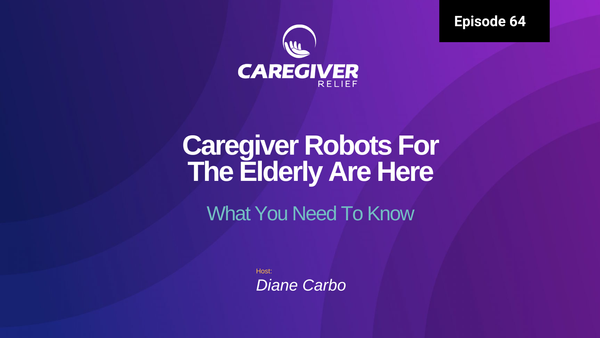Does Lewy Body Dementia Run in Families?

Lewy body dementia (LBD) is a progressive neurological disorder that affects memory, thinking, and behavior. It is the second most common type of dementia after Alzheimer’s disease, and can be very difficult to diagnose.
Understanding if LBD runs in families is important because it could provide insight into who is more likely to develop the disorder. Knowing if LBD is genetic, and what environmental factors may also play a role in its development, can provide individuals and their families with the support they need to manage or reduce symptoms.
Due to the complexity of the disorder, it is important to have a comprehensive understanding of its characteristics, the role genetics play, risk factors, how to diagnose it, treatments and support services. The aim of this guide is to provide an overview of each of these topics so that individuals and families can better understand and manage the effects of Lewy Body Dementia.
Characteristics of Lewy Body Dementia
Lewy Body Dementia (LBD) is a degenerative neurological disorder caused by the buildup of abnormal proteins in the brain, called Lewy bodies. It is one of the most common forms of dementia after Alzheimer’s Disease.
The symptoms of LBD can vary from person to person, depending on which parts of the brain are affected by the buildup of Lewy bodies. Common symptoms include: memory loss, difficulty concentrating, movement issues, changes in behavior or personality, difficulty sleeping, and visual hallucinations.
These symptoms can differ from those found in other forms of dementia, like Alzheimer’s Disease. For example, people with LBD often experience more marked fluctuations in alertness and attention, and they may have more difficulty with movement that those with Alzheimer’s Disease.
LBD also has a tendency to cause autonomic problems, like low blood pressure or urinary incontinence. In addition, people with LBD can experience mixed cognitive impairment, meaning that they may have both dementia-like symptoms and Parkinson’s Disease-like symptoms.
It’s important to note that the symptoms of LBD can be unpredictable and fluctuate in intensity. This makes diagnosis and treatment more challenging, and it is often difficult for family members and caregivers to recognize and manage the symptoms effectively.
Genetics and Causes of Lewy Body Dementia
Lewy Body Dementia (LBD) is a type of dementia that is caused by the buildup of abnormal proteins in the brain. These proteins, known as Lewy bodies, can interfere with the brain's function as they accumulate. While the precise causes of LBD are still unknown, there are both genetic and environmental factors that may be involved.
There are certain genes that seem to be linked to an increased risk of developing LBD. For example, mutations in the GBA gene have been found to increase the risk of LBD. Additionally, some studies have suggested that certain environmental factors, such as exposure to certain toxins, may also increase the risk of developing LBD.
Although further research is needed to fully understand the underlying causes of LBD, it is clear that both genetic and environmental factors can play a role in the development of this type of dementia.
Risk Factors for Developing Lewy Body Dementia
When it comes to a person’s risk of developing Lewy Body Dementia (LBD), there are many factors that can increase a person’s chance of developing the condition. While there is not yet a clear understanding of what lies at the root of LBD, research continues to try and unlock the secrets of why it happens.
Age is a major factor in the risk of developing LBD. More specifically, age of 65 or older is when people are most at risk for this condition. Men are also more likely to develop LBD than women; however, both genders can experience the condition.
In addition, having a family history with the condition can make someone more susceptible. If an immediate family member has developed LBD, chances increase that you too might develop it. Genetics also plays a role, but at this time the exact link between genetics and LBD is unclear.
Environmental factors may also be linked to the development of LBD. Evidence suggests that chronic exposure to certain toxic chemicals such as solvents and pesticides may be associated with developing the condition. Chronic stress is another potential environmental factor.
Overall, these are the main risk factors for developing LBD, though research continues to be conducted in order to gain a better understanding of this condition.
Diagnosing Lewy Body Dementia
Diagnosing Lewy Body Dementia can be a complex and lengthy process. The disease is often misdiagnosed or overlooked entirely because its symptoms are similar to other forms of dementia. To make an accurate diagnosis, a doctor will need to assess the patient’s medical history and cognitive skills, as well as perform neurological tests and brain imaging.
The medical history is important for determining any existing conditions that may contribute to Lewy Body Dementia, such as Parkinson’s disease, diabetes, or thyroid problems. Neurological tests are used to evaluate memory, language, and problem-solving ability, all of which may help identify any areas of impairment associated with LBD. Brain imaging techniques like CT scans and MRI can reveal any abnormalities that suggest the presence of the disease.
In most cases, a diagnosis of Lewy Body Dementia is made once a doctor has ruled out other possible causes of the symptoms. The accuracy of the diagnosis depends on the doctor’s experience and expertise in diagnosing dementia. It is important to seek out a doctor who has experience with this particular form of dementia to ensure an accurate diagnosis.
Does Lewy Body Dementia Run in Families?
Lewy body dementia (LBD) is a form of dementia which impacts regions of the brain responsible for controlling movement, emotions, and behavior. Symptoms can include cognitive decline, memory loss, visual hallucination, and difficulty with movement. Dementia is known to have a neurological cause, but there is much still to learn about whether or not it can be genetic.
Studies have been conducted to explore the possible correlation between LBD and familial connections. Research examining the occurrence of LBD among twins indicates that familial factors may be associated with a higher risk for the disease. Other studies suggest that LBD may be the result of a sporadic mutation that occurs in an individual regardless of their family history.
It is difficult to determine whether or not the genetic mutation that causes LBD is passed down from generation to generation or if it appears sporadically in an individual. Furthermore, environmental factors can influence the development of LBD and it is possible that non-genetic components could contribute to its cause.
At this time, there is no clear answer as to whether or not LBD runs in families. While further research is needed to determine the exact causes and potential hereditary risks, there is evidence that familial factors could play a role in the likelihood of developing the disease.
Treatment and Management of Lewy Body Dementia
Lewy Body Dementia is a progressive, degenerative disorder with no cure. But that does not mean there is nothing that can be done to slow its progression and reduce the severity of symptoms. Treatment plans will vary depending on the individual case but generally aim to manage the primary symptoms such as memory loss, cognitive impairment, confusion, movement problems, sleep disturbances, and depression.
Medication is the most common form of treatment for those with LBD. This includes drugs to treat dementia-related symptoms such as hallucinations, delusions, depression, anxiety, Parkinsonian motor difficulties, and nighttime wandering. Anticholinergics can also be used to reduce the risk of falling, help with sleep-wake cycle disturbances, and reduce confusion.
Therapy is another important part of treating LBD. Cognitive behavioral therapy can help with depression and anxiety, while physical therapy and occupational therapy may help with mobility and everyday activities. Speech therapy can help with communication problems.
Caregiver support is also an essential part of managing LBD. Caregivers may need education about the disorder, access to support groups, and assistance with home care, like meal preparation and transportation.
Most importantly, treatment should focus on quality of life and keeping the patient safe and comfortable. Regular doctor visits, healthy eating, and daily exercise are all important parts of managing LBD.
Coping with Lewy Body Dementia
Caring for someone with Lewy body dementia can be a difficult experience. It is important to understand the condition, the individual's behaviour and potential triggers and develop strategies to cope with and manage the symptoms of LBD.
In order to deal with challenging behaviour, it is important to remain calm and provide a safe environment. This includes providing clear instructions when asking for a certain action, making sure the individual has something to do or participate in and being patient and helping them understand what is expected. It is also important to recognize the individual's needs for rest and quiet time.
The individual should also be encouraged to exercise regularly, eat a balanced diet and avoid drinking alcohol or taking sedatives as this can worsen symptoms. It is also important for the caregiver to ensure the environment is predictable and consistent to reduce confusion and anxiety. Finally, it is important for the caregiver to take care of themselves and their own mental health by seeking emotional support from friends, family and professionals.
For further information on how to cope with Lewy body dementia, please consult with a doctor or specialist or reach out to available support organizations.
Living with Lewy Body Dementia (LBD) can be difficult for both those affected and their families. Thankfully, there are a variety of organizations and resources available to provide support.
Organizations Involved in Helping Those Affected by Lewy Body Dementia
The Lewy Body Dementia Association (LBDA) is a nonprofit organization that was founded in 2003. Its mission is to “improve the lives of people with LBD and their families through awareness, education, research, and support.” The LBDA offers free information about LBD, a resource library, support groups, and educational webinars.
The Alzheimer’s Association is another nonprofit organization dedicated to providing support to those living with dementia and their families.
The National Institute on Aging (NIA) is a part of the National Institutes of Health (NIH). It is the primary federal agency responsible for conducting research on aging and age-related issues, as well as providing resources to those dealing with dementia.
The LBD Caregiver Support Group is a private Facebook group devoted to providing information and connecting caregivers dealing with Lewy Body Dementia. The group includes more than 4,000 members from around the world.
Online Resources for Lewy Body Dementia
The Lewy Body Dementia Knowledge Network is an online platform that provides access to expert-reviewed materials. They offer a range of resources, including videos, podcasts, articles, and webpages devoted to specific topics related to LBD.
The Mayo Clinic website also has a page devoted to LBD with information about diagnosis, treatment, and supportive care. This page can help family members understand the disease and prepare for what lies ahead.
CaregiverStress.com is a website focused on helping caregivers cope with the demands of caring for someone with dementia. It includes articles, tips, tools, and resources related to stress management.
The Alzheimer’s Foundation of America (AFA) offers a range of services dedicated to helping those affected by dementia. These include 24/7 helplines, online support groups, educational seminars, and a scholarship program for young professionals.
By seeking out and taking advantage of these resources, those affected by Lewy Body Dementia can find the help and support they need to manage their condition.
Wrap-Up
In this guide, we explored the various aspects of Lewy Body Dementia. We learn that LBD is a progressive degenerative disorder of the brain that affects both physical and cognitive functioning. We looked at the key symptoms of LBD, the genetic and environmental causes associated with it, the risk factors for developing it, as well as the diagnostic criteria used to identify it.
We also discussed the possible links between Lewy Body Dementia and familial inheritance, as well as treatments and management strategies. Finally, we provided resources for those affected by LBD, so that they can get the support and care they need.
It is important to be aware of Lewy Body Dementia, as it affects many individuals and families. If you suspect that someone is suffering from Lewy Body Dementia, be sure to discuss it with your doctor and seek appropriate treatment. It is also important to be aware of all the available supportive services and resources.
Conclusion – Why Awareness and Understanding of Lewy Body Dementia is Important
Lewy Body Dementia (LBD), also known as dementia with Lewy bodies, is a progressive and incurable form of dementia that can drastically impact the lives of those affected, as well as their families. It is important to understand this illness because it affects how caregivers provide support, how treatment is managed, and the resources available, both locally and online.
Having an awareness of LBD, its symptoms, risk factors, and potential treatments may help caregivers better support those dealing with this condition. Additionally, understanding the hereditary implications of LBD may help affected individuals make decisions about testing and/or management of the disease for themselves or their family members. Ultimately, having an understanding of Lewy Body Dementia can help ensure that those affected receive the best possible care and support.
You might also like this article:








